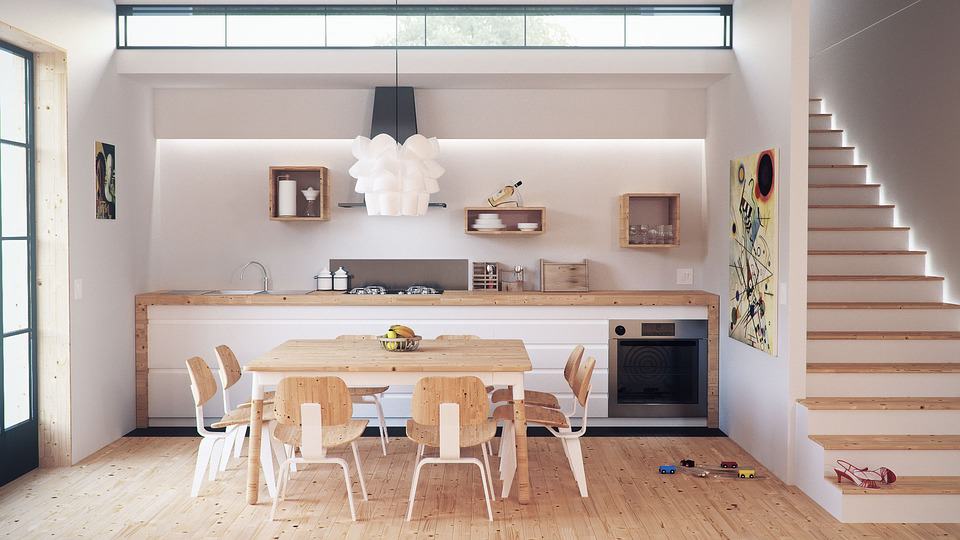Do you feel like you are drowning in STUFF? Do your possessions stress you out instead of bringing you joy? It’s time to break down the steps for sorting, purging, donating, and organizing your things so you can sleep at night and restore your joy!
Signs you need to declutter:
- Mail or paperwork that never makes its way to an organized file system
- Belongings stored in closets never to be seen again
- Kitchen pantries and drawers full of stuff that has accumulated over months (or even years) but gets little use
- Bathroom cabinets and linen closets with overlooked items
- And the worst offender, garages … where things go to die
We get emotionally attached to the “stuff” in our lives and those items are often difficult to get rid of.
Decluttering Questions:
- Do I use this frequently (for example, during the past six months or year)?
- When is the last time I wore this?
- Do I see myself using this/wearing this again?
- Is this item stored in the most convenient location or is it living in the wrong place?
- Is there a better place to put it?
- Does this item bring me joy or does it just make me stressed?
- Am I just holding onto things out of obligation?
- Does this item bring me good or bad memories?
So where do you start once you’ve answered those questions? First, you need to take inventory of where the clutter is currently residing in your home and where you’d rather store it, and then find a happy medium by developing a system that works for you.
Tips for decluttering your home
- Focus – Pick one area, drawer or box to start with. Start small so you can complete a task in a setting and not leave your room in worse shape than when you started. Don’t overwhelm yourself by trying to do too much at once.
- Sort – Pull out the items you’re going to tackle so you can see what you are working with. Consolidate and group like items together. Sort items based on whether you will donate, sell, store or throw them away.
- Get Moving – Bag up the items for donation and put them in your car right now. Don’t set them somewhere saying you’ll get to that “later.” Because honestly, that’s what created the clutter problem. Purge old and non-useful items and then organize the remaining items in an organized and usable fashion.
- Organize and Store – Only put back the things that are in good condition and will get used. Use containers and labels if that helps you know where things are.
Continue sorting and purging room-by-room, closet-by-closet, etc. on a schedule that works best for you. Realize that the process may be overwhelming at first but it can also be very cleansing. Keep your eye on the prize—the final result. Professional organizers can also help give tips and even assist with the process.
Donate, sell, store or throw away
If items can still be useful to someone else after they lose their usefulness in your home, DONATE THEM. For example:
- Eyeglasses (the Lions Clubs collect used eyeglasses)
- Old cell phones (Donate to Cell Phones for Soldiers)
- Shoes and clothing (Dress for Success accepts donations of women’s clothing to help women in need excel professionally in their communities. One Man’s Treasure accepts donations of men’s clothing to empower men recently released from prison.)
- Old towels and bedding (Animal shelters are happy to take/use them)
- Utensils and small appliances (Goodwill, The Salvation Army, The Arc)
- Office or crafting supplies (Donate to a school, child care, or recreation center)
If you are still able to get value out of items, SELL THEM while they are still usable. You can sell things in person or online using eBay, Craigslist, Facebook Marketplace, and apps like LetGo. Other ideas:
- Collections can be grouped together and sold (Online auctions are a great place to start)
- Tools have a very good secondary life and have good resale value
- Furniture can be taken to consignment stores
- Clothes and purses (and especially ones with designer labels or the price tags still on them) can be consigned at stores like at Plato’s Closet or through apps like Poshmark
- Kids’ clothing and equipment can be consigned or sold at events like Just Between Friends and Once Upon a Child
- Sports and exercise equipment can be sold to places like Play it Again Sports
- Used mobile devices can be sold through Gazelle
STORE THINGS that you will need on a cyclical basis. For example, holiday decorations, furniture and household items you want to hold onto in between moves, documents, and files that you are required to keep but don’t need immediate access to, a child’s belongings if they are going to study abroad, live in a dorm, etc.
If you have to hang onto something but it doesn’t bring you joy, put it into storage. But don’t put things into storage just because you don’t want to deal with them. You’ll end up storing them longer than you want and wasting a lot of money. Give yourself a deadline to go back to the items and sort/purge them.
It’s amazing how quickly junk can accumulate and start to take over your home. Here are some examples of things you can THROW AWAY (or recycle):
- Expired food in the pantry
- Mismatched food storage containers
- Old magazines (art teachers love them for projects)
- Newspapers (recycle them)
- Your kids’ daily and weekly assignments (just keep the ones that are benchmarks or show progress)
- Old technology (tube TVs, cordless landline phones, old headsets, remote controls, cables for equipment you don’t have anymore, etc.)
- Appliance manuals for products you no longer own (you can find manuals online at the manufacturers’ websites).
Don’t let clutter overwhelm your home and life. Sort, purge, donate and throw away those possessions that have been stressing you out and bring the joy back into your life!


I find it helpful that you suggested that a person should think about the last time they wore a piece of clothing before adding it either to the recycle, donate, dispose, or keep pile. Aside from these tips, my suggestion is to get several dumpster bins from a local rental service when starting to declutter one’s home. Doing this will help make it easier to clear the house, thus saving time and energy with it.